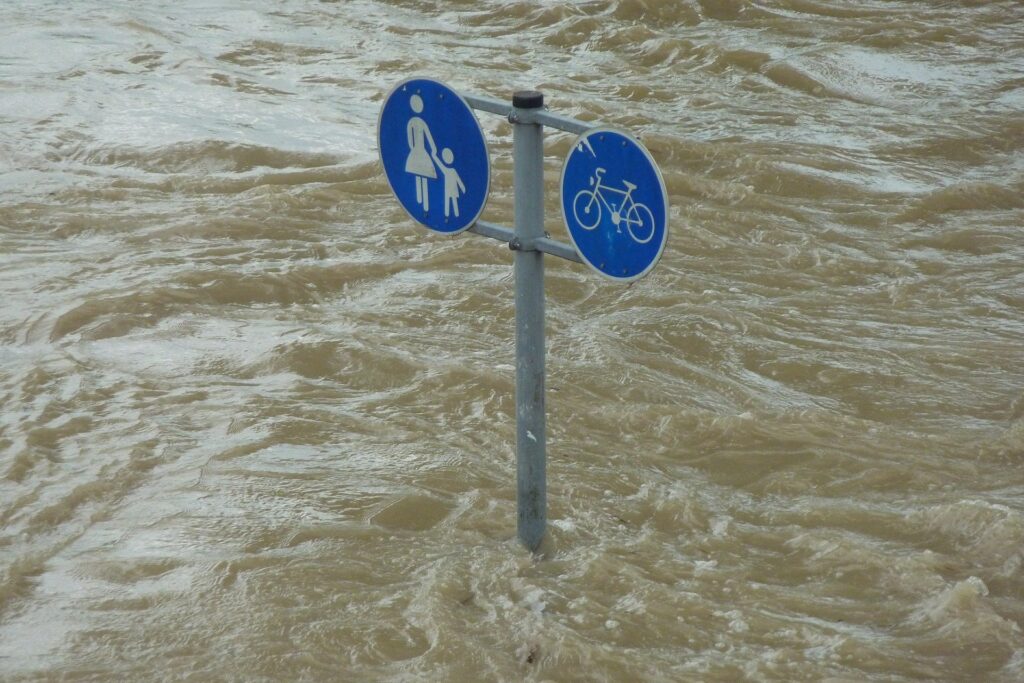Representatives from around the world have attended a virtual event to discuss and share the progress of the WMO and NOAA-backed global Flash Flood Guidance System (FFGS).
The ‘FFGS with Global Coverage – Vision 2030’ virtual event attended by 140 representatives from 50 countries who shared best practices on the use of flash flood guidance products, as well as discussing the success of various training programs and debating sustainability to ensure long-term operations and service delivery.
According to the WMO, flash floods cause more than 5,000 deaths worldwide annually, exceeding any other flood-related event. In 2007, the WMO, NOAA, the United States Agency for International Development (USAID) Bureau for Humanitarian Assistance, and the Hydrologic Research Center (HRC) formed a partnership to develop and implement an early warning FFGS.
As of 2021, more than three billion people in 67 countries are being provided with early warnings of potential flash flooding through their national meteorological and hydrological services (NMHSs) working in concert with their national disaster management agencies.
The goal of the ‘Vision 2030’ event was to bring together the users of the national and regional systems to show the latest achievements after the FFGS Global Workshop, which has held in Turkey in 2019.
The latest achievements include the development the FFGS centralized online training platform, a one-stop-shop for trainers and trainees to access free distance learning resources, including hands-on material, case studies and videos, to ensure that no one is left behind.
A Training Simulator interactive application is now being used to train operational forecasters in the effective usage of necessary data and products to improve flash flood forecasting skills and actionable communication with the users of flash flood warnings.
One project of note was the success of the South Asia Flash Flood Guidance System (SAsiaFFGS) Radar Hydrology Training. In five weeks of virtual training (October 25-November 15, 2021), more than 80 weather radar experts, operational meteorological and hydrological forecasters from Bangladesh, Bhutan, India, Nepal and Sri Lanka learnt about the use of weather radar data in FFGS for the estimation of precipitation. The inclusion of weather radar data into FFGS will provide better detection of weather systems and rainfall amounts that can cause flash flood events.



